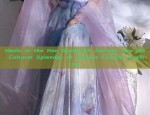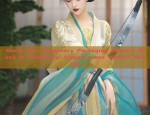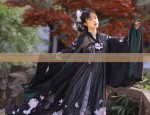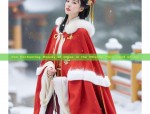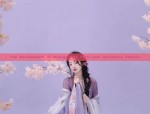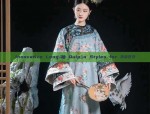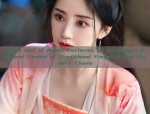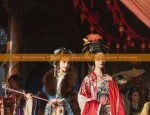The Dawn of Hanfu:Exploring the Revival of Traditional Chinese Clothing
In the contemporary world, where globalization and modernization often overshadow traditional culture, there is a growing interest in the rediscovery of ancient roots. One such fascinating phenomenon is the revival of Hanfu, the traditional clothing of the Han Chinese people. This article delves into the beauty and significance of Hanfu, exploring its origins, evolution, and impact on modern society.
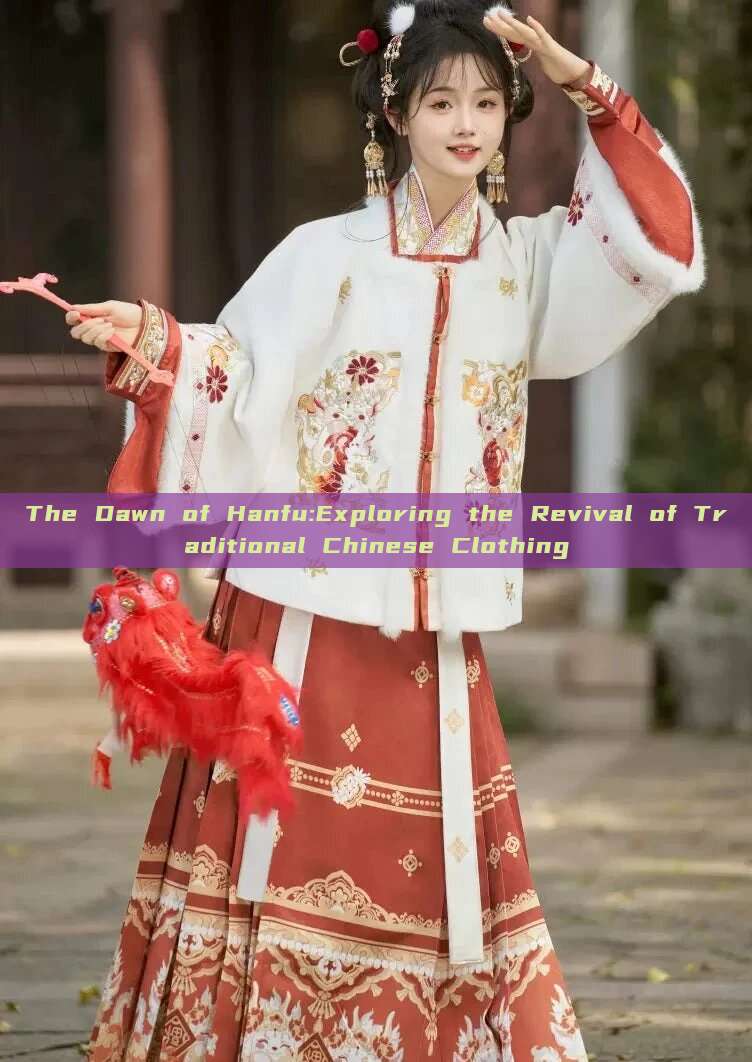
Hanfu, also known as Han clothing, is a rich and diverse cultural expression that dates back over thousands of years. It is not just a mere attire; it is a symbol of Han culture and identity that carries deep historical and cultural meanings. The essence of Hanfu lies in its intricate designs, vibrant colors, and the intricate craftsmanship that goes into its making.
The history of Hanfu can be traced back to the ancient times, when the Han dynasty (206 BC – 220 AD) was at its peak. During this era, Hanfu underwent significant evolution and development, influenced by various factors such as politics, economy, and social norms. The clothing styles reflected the status and tastes of people in society, with different designs and patterns tailored to specific occasions and social ranks.
Over time, Hanfu has evolved to adapt to modern lifestyles and tastes. It has been modernized in terms of design, material, and production methods without compromising its essence and cultural significance. Modern Hanfu incorporates elements of convenience and practicality while retaining its traditional elegance and beauty. This evolution has made Hanfu more accessible to the younger generation, who are more receptive to traditional culture and its modern interpretations.
The revival of Hanfu is not just about wearing beautiful clothes; it is about reconnecting with one’s cultural roots and heritage. The popularity of Hanfu has been growing steadily in recent years, driven by the rise of traditional culture and the desire among people to understand their cultural identity. Many young people are embracing Hanfu as a form of cultural expression and are proud to wear it on various occasions, including festivals, weddings, and even daily life.
The impact of Hanfu on modern society is profound. It has not only brought back the appreciation for traditional culture but also fostered a sense of cultural unity and identity among the Chinese people. The revival of Hanfu has also led to the revival of traditional craftsmanship and has created a new industry that supports sustainable development and cultural heritage preservation.
Moreover, Hanfu has become a bridge between China and the world, showcasing the beauty and richness of Chinese culture to the world. It has attracted the attention of people from various cultures who are interested in understanding Chinese culture and its unique clothing styles. The global influence of Hanfu has opened up opportunities for cultural exchanges and collaborations, promoting mutual understanding and respect between different cultures.
In conclusion, the revival of Hanfu represents a significant step towards embracing traditional culture and heritage. It is not just about wearing beautiful clothes; it is about reconnecting with one’s roots, preserving cultural heritage, and promoting cultural exchanges between different nations. As Hanfu continues to grow in popularity, it will continue to inspire people to explore their cultural identity and appreciate the beauty of traditional culture.
The dawn of Hanfu has brought a new lease of life to traditional Chinese clothing, making it relevant and accessible to modern times. As we embrace this beautiful tradition, we also embrace the rich cultural heritage that it represents and the opportunities it presents for cultural exchange and collaboration.

 Previous Post
Previous Post


